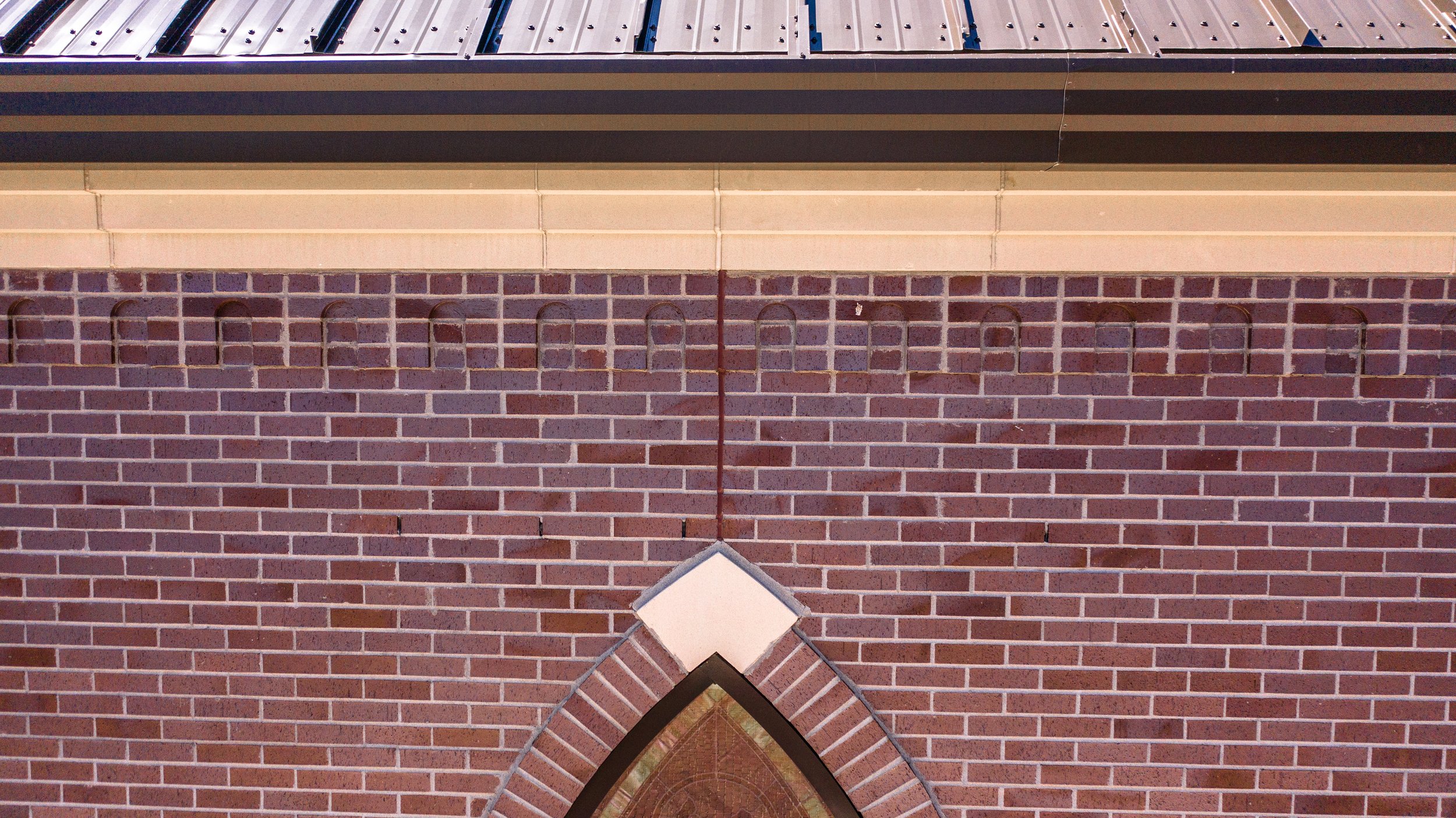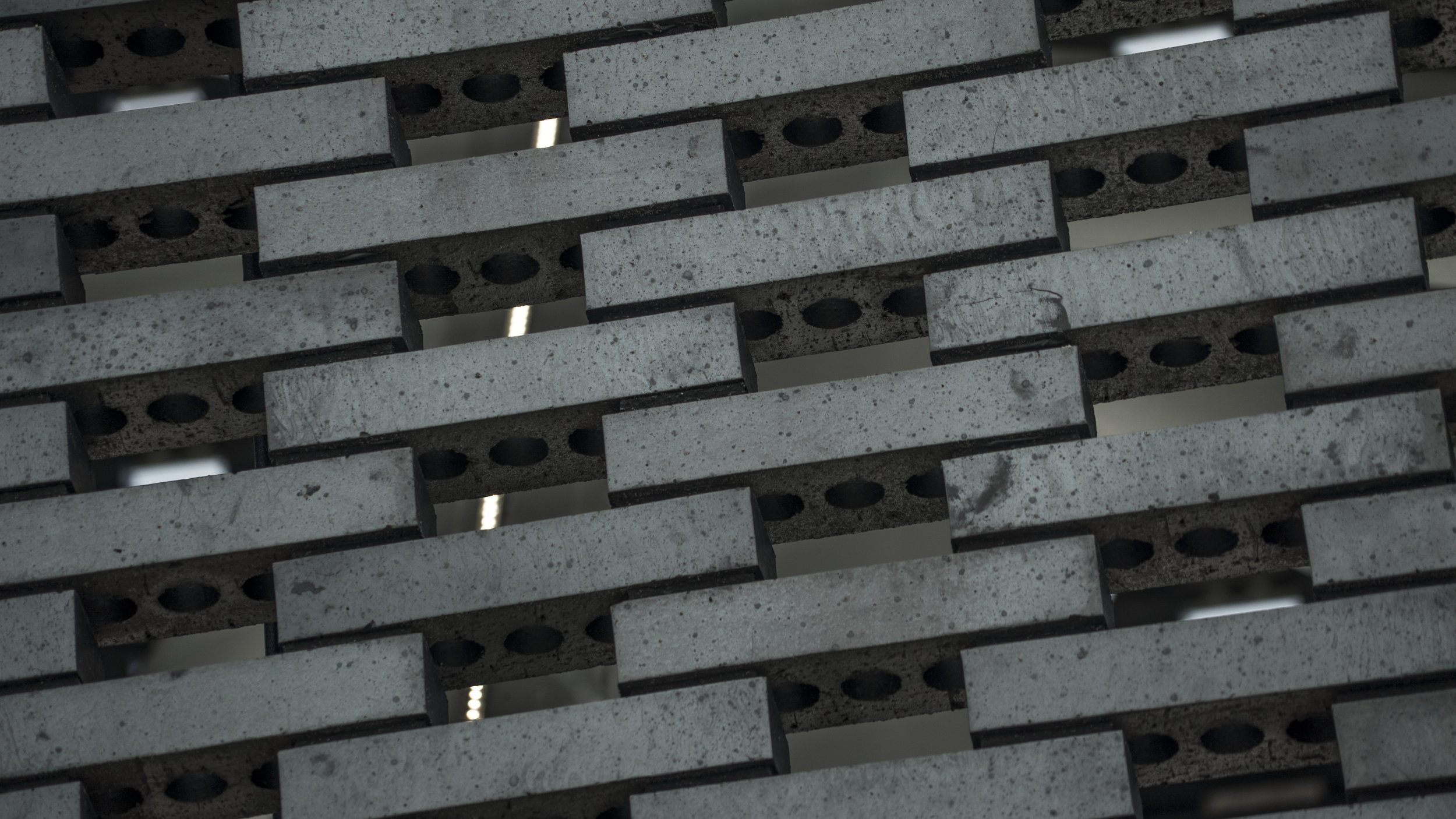The mystery brick effect
/There is a visual effect literally baked into some varieties of fired clay brick that is so subtle you may not even be aware it’s there. But that doesn’t mean it’s not working. It plays on your subconscious, telling you there’s something going on with this wall that’s different than other brick facades, but you can’t quite put your finger on it. It’s depth, and shadow, and complexity…but you can’t name it.
Brick manufacturers have a name for it: flashing. Here it’s important to clarify that we’re not talking about the flashing that is built into brick masonry walls around window and door openings to prevent water penetration. Flashing in this context is a chemical reaction that is initiated during the manufacture of brick while it is being fired in a kiln.
Modern brick manufacturing facilities typically fire brick in a tunnel kiln — a giant oven hundreds of feet long through which brick make a long, slow, hot journey on their way to being complete. The brick are stacked on flatbed rail cars which progress through the kiln at a pre-programmed rate. The temperature and other conditions in the kiln can be very precisely controlled for all stages of the firing process, and any location within the tunnel. A sudden change of temperature and oxygen level can be created by injecting gas into the kiln, causing reactions with the minerals in the brick that affect its color. Variations in the duration, frequency, and intensity of the flashes produce different results depending on the makeup of the clay in the brick.
While each manufacturer has its own secrets for producing the effect it’s after, the beauty of flashing is the variety it produces regardless of the method. It’s consistently inconsistent. The effect can be so subtle so as to be barely noticed or quite dramatic, but in most cases the variety occurs not only brick-to-brick, but even across the face of individual units. In fact, the number and direction of brick stacked above and below a particular brick might impact the pattern and color variation produced for that individual. This is what makes it possible for flashed brick to deliver a different look than blends of multiple colors of un-flashed brick.
Flashed brick make for a shadowy, almost mysterious look that lends depth and complexity without being obvious about it. The variation might be a barely perceptible difference in color intensity from one end of a brick’s face to another, or a distinct line or streak imparted by the brick that was laid on top of it — and everything in between.
Intrigued? Check out the following up-close examples of flashed brick doing its thing.





















